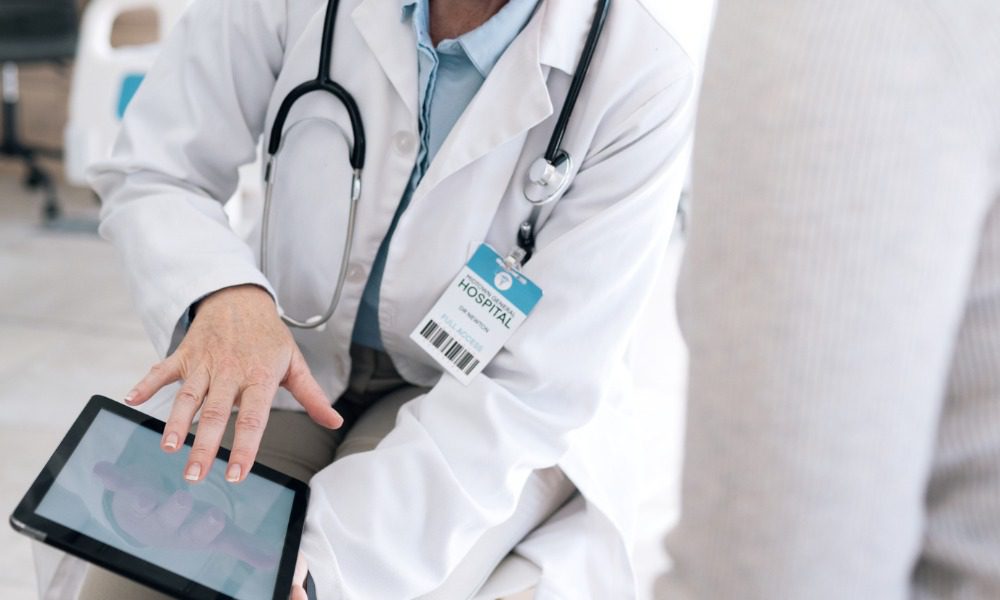nib rolls out AI symptom checker in Australia

nib rolls out AI symptom checker in Australia | Insurance Business Australia
Life & Health
nib rolls out AI symptom checker in Australia
Tool aims to boost healthcare system navigation
Life & Health
By
Roxanne Libatique
Nib Group (nib) has unveiled an AI-powered symptom checker to help members navigate Australia’s healthcare system.
The new tool directs members to the appropriate health services based on their needs to make healthcare navigation more efficient.
AI-powered symptom checker
Since its launch in February 2024, the symptom checker has been accessed over 5,000 times via the nib app. Out of these assessments, 64% led to a referral to a general practitioner, 15% to a hospital emergency department, and 21% were advised to monitor their symptoms from home.
The symptom checker is available to all nib members in Australia, with a particular focus on international students and workers. The insurer’s international inbound health insurance covers over 200,000 international students and workers.
How does the AI-powered symptom checker help nib members?
James Barr, chief executive of international visitors at nib, said the tool helps members access the right level of care.
“The symptom checker supports students and workers as they navigate their way through the Australian healthcare system, helping them make the right choices about the level of care they may need,” he said. “It can help direct members to the right care pathway and, if needed, book a GP telehealth appointment seamlessly through the nib app with nib’s GP virtual health service.”
The symptom checker is powered by Infermedica, a digital health company specialising in AI-driven solutions.
Dr Rob McGrath, nib’s chief medical officer, highlighted the tool’s effectiveness, noting it has been deployed in 30 countries and used by over 17 million people.
“With the symptom checker, members are triaged rapidly via the app, using the latest available medical evidence, so they can understand how urgent their medical issue may be, and the best place to get care,” he said. “Where a member is given advice to self-care at home, rather than seeking medical treatment immediately, they are advised to monitor their symptoms and seek medical advice should things change.”
Related Stories
Keep up with the latest news and events
Join our mailing list, it’s free!





